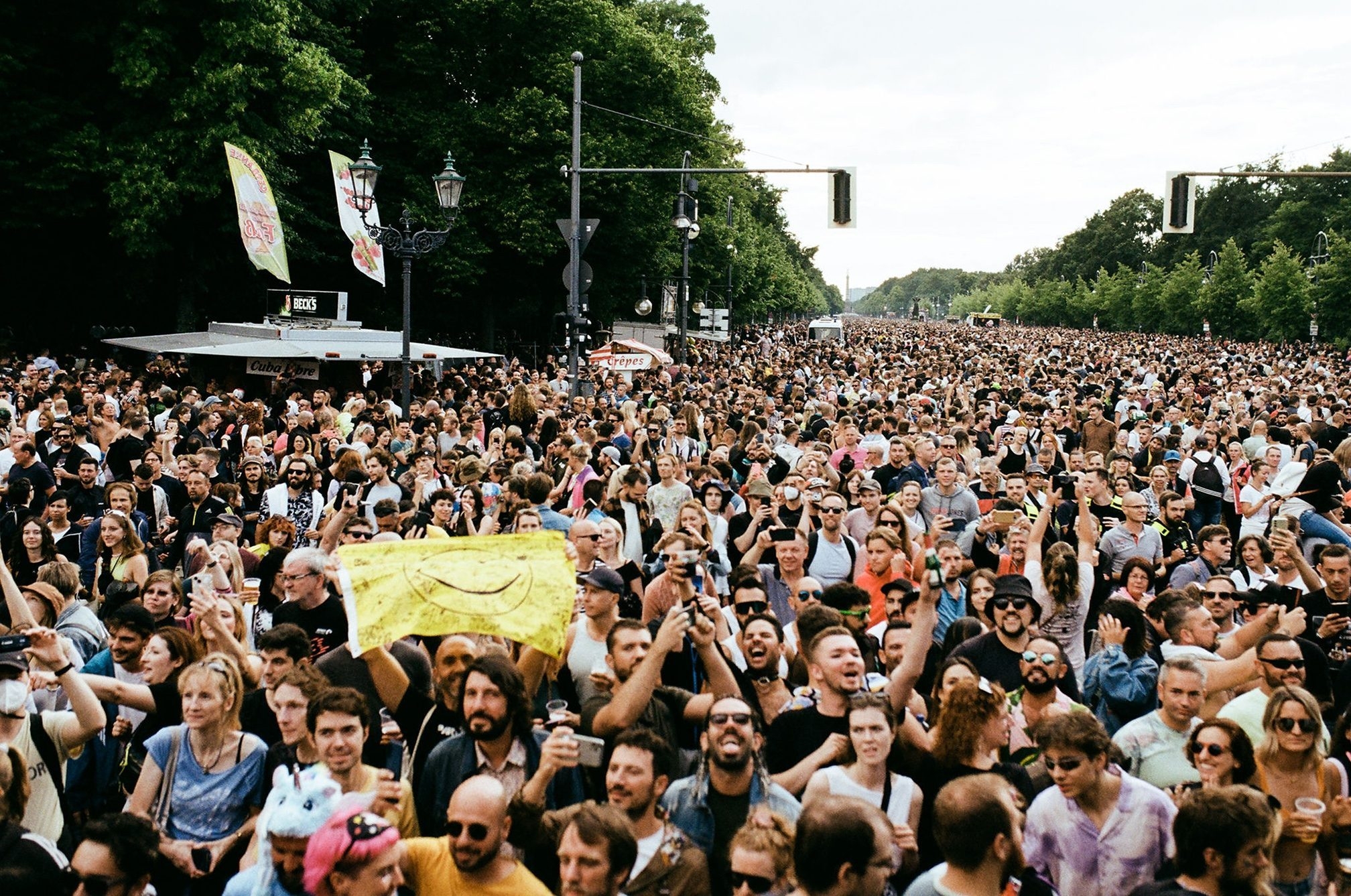 Features
Features
Rave the Planet brought back the original Love Parade spirit back to Berlin
Berlin's legendary Love Parade was a definitive techno event of the '90s but it ended in disaster — from the ashes, Rave The Planet is attempting to restore its former glory
Love Parade is one of the definitive parties of European dance music history, albeit with a spotted history. In the view of DJ Westbam, it changed the world like Woodstock did. But like Woodstock’s ‘99 moment, Love Parade’s illustrious highs of packed out streets in Germany with more than a million people dancing freely to legendary sets and spin-off events spreading the culture around the world have been tempered by lows spanning from creeping commercialisation to the deadly 2010 stampede that was blamed on poor organisation.
The cultural impact of its prime years is undeniably impressive, so more than two years ago when I first heard about a new concept for the return of Berlin’s techno parade, I was optimistic. Rave The Planet promised a non-commercial identity and a return to the roots of Love Parade, with co-founder Dr. Motte, real name Matthias Roeingh, back at the helm. As he put it: “It’s not a comeback, it’s a new beginning!”
Read this next: Pump up the rainbow: Asia’s queer voices are louder than before
Love Parade fuelled Berlin’s transformation into a global destination for techno tourism. It took place for the first time in July 1989 with 150 people taking to the streets of Berlin, and by the end of next decade had grown 10,000 times bigger with 1.5 million attendees gathering in 1999, attracting masses of people from across Germany and abroad. Its impact equally fed into the popularity of Berlin’s club culture, which brought an estimated €1.5 billion into the city in 2018. But it was money that contributed to Love Parade’s decline — almost a victim of its own popularity, the annual event came to halt after the 2003 edition following disputes over who was footing the enormous security and clean-up bills.
Editions planned for 2004 and 2005 were cancelled, before fitness entrepreneur Rainer Schaller bought the Love Parade trademark and took the event out of the hands of the original organisers and sanitised its political origins towards a more commercial outlook. Dr. Motte urged people to boycott the event when it returned in 2006. “Mr. Schaller is a businessman,” he said. “He doesn't know what the Love Parade is. The Love Parade is about healing society through music and nonverbal communication. It's not a marketing parade.”
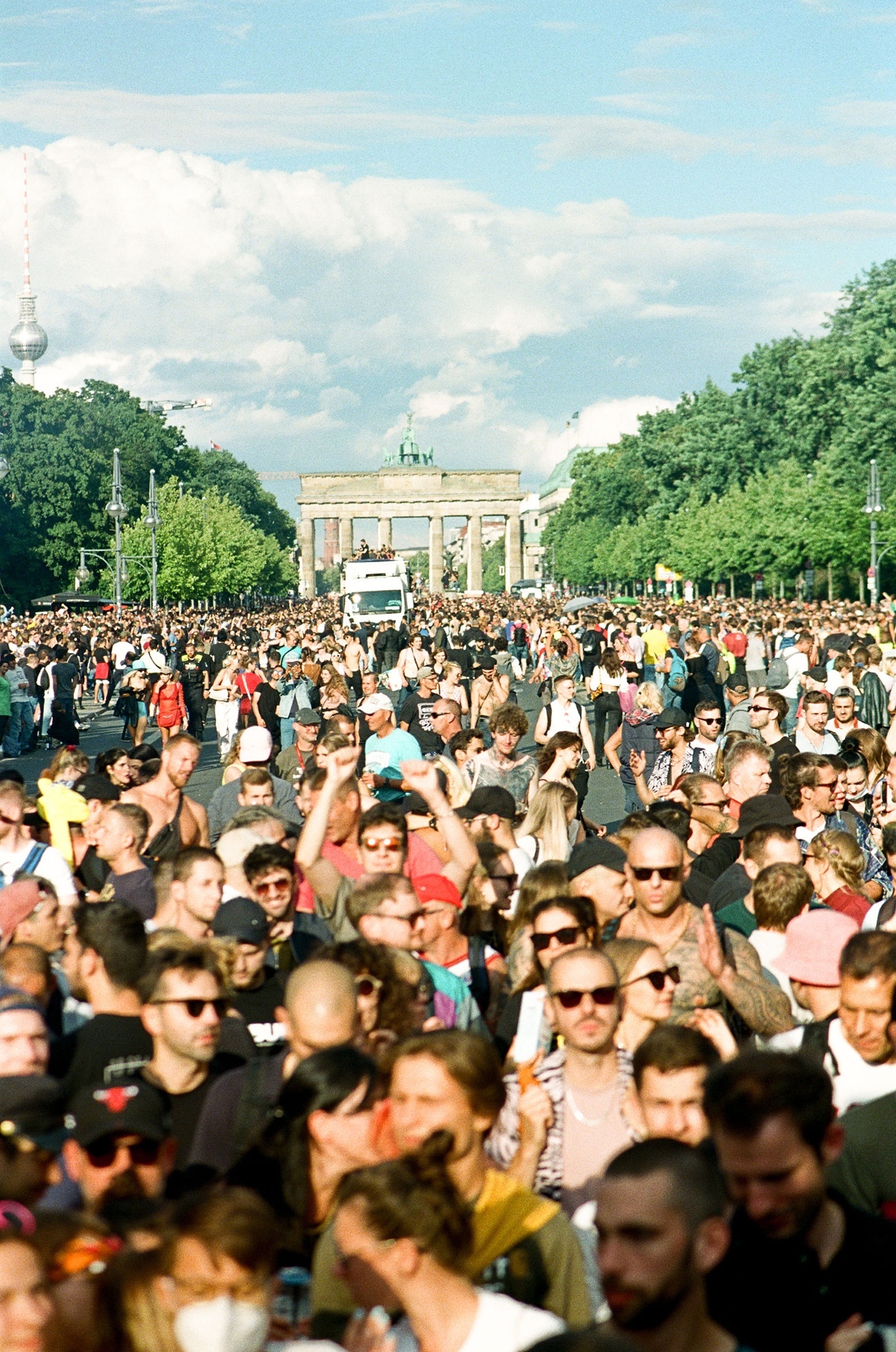
After that the parade moved out of Berlin, with three events taking place in the Ruhr region across 2007 to 2010, culminating in the disastrous Duisburg event, where a crowd crush resulted in 21 deaths and more than 600 people being injured. Across the course of a decade, Love Parade had declined from a celebration of peace and healing to end up as an expo of profiteering and trauma.
Speaking to me in 2019, DJ Westbam theorised how the changing political landscape of the West also impacted upon Love Parade’s spirit. “Why was house and techno so euphoric and happy in the ‘90s? Because that was when people were living for political change, believing in a better tomorrow, democratic values, freedom. This was how the Western wind of democratic change blew. Dr. Motte prophesied the advent of world peace in the next few years or so. Then came the attack on the World Trade Center, and the mood of the world changed,” he said. “The world was covered in shadow, and the sound of music changed to minimal techno. People no longer felt the euphoria that had rushed them into dancing in the streets. They preferred to go underground to Berghain, dress in black and listen to minimal. All of this probably happened subconsciously, but that's how geopolitics influences and changes culture.”
The global political mood continues to feel in decline, but Rave The Planet marked an attempt from Love Parade’s original organiser Dr. Motte to bring some positive vibrations to the post-lockdown techno world. Taking place on Saturday, July 9, Berlin was already buzzing upon my arrival on Friday afternoon with excitement palpable in the air. Berlin’s party mood was well and truly back, with posters advertising both Rave The Planet and Tresor’s 30 year anniversary festival decorating the streets, and phone calls ringing out across the city as out-of-towners searched desperately for accommodation in the overbooked city.
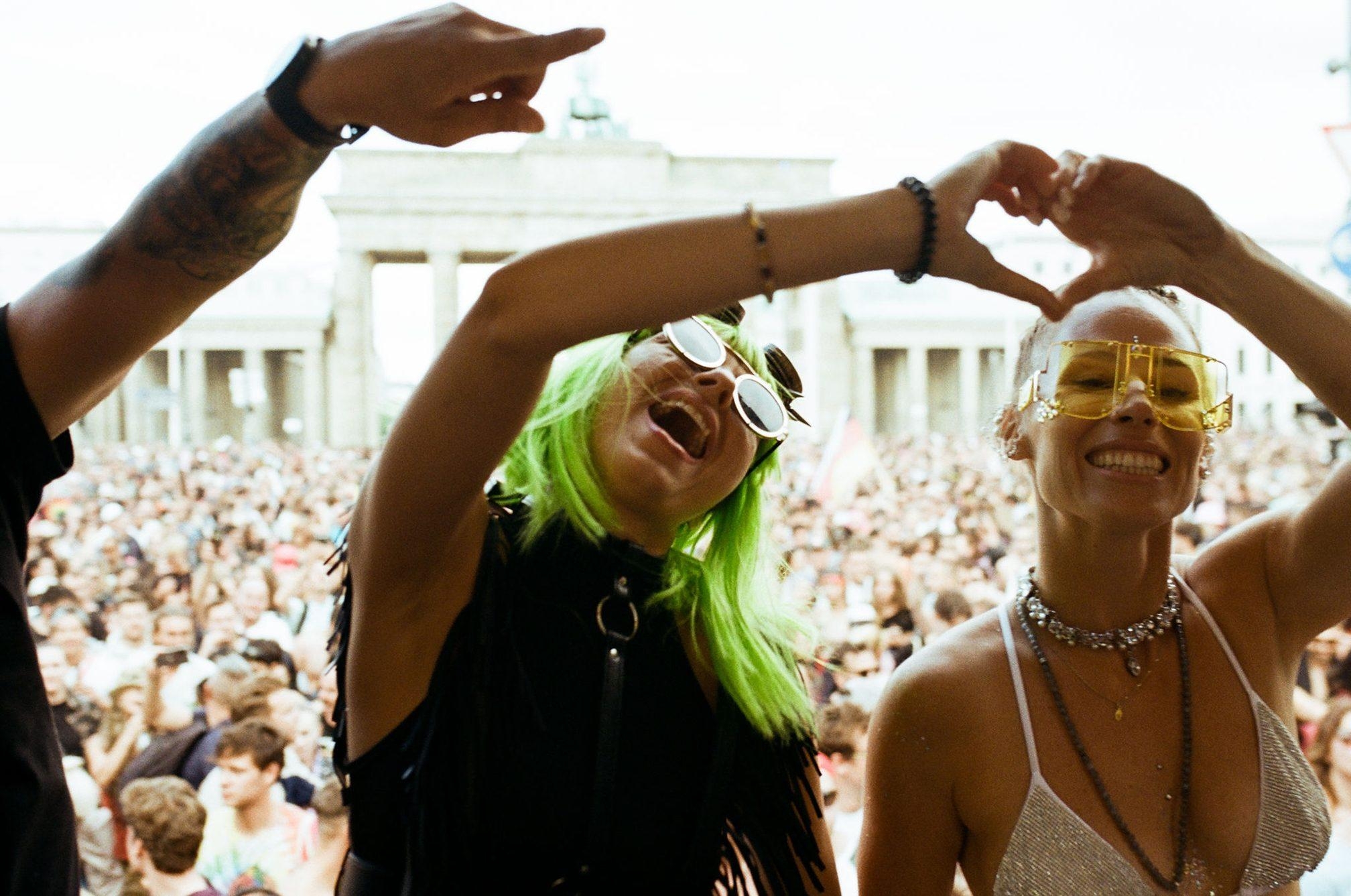
Tresor’s techno exhibition Techno, Berlin und die große Freiheit (‘...the big Freedom’) is an ideal way to whet the appetite on Friday. Documenting Berlin club culture, the exhibition showcases unique and inspiring artefacts - including photos of the Berlin Wall being torn down, flyers from the first Love Parade, posters from the first acid house clubs in West Berlin, and facsimile prints of communications between Tresor Records and contracted artists - such as Jeff Mills, Underground Resistance and Blake Baxter - which are incredible to see.
Saturday brings parade day and the streets are abuzz from 1:PM, with groups of people speaking in various languages heading up Ku'damm. More than 300 float applications were submitted to Rave The Planet, with 20 successfully qualifying and representing a variety of musical tastes.
Read this next: New book set to highlight the art, identity and culture of techno
Techno institution Anomalie Art Club joined with DJ Valerio Sinatra to host Alex Stein, Sophie Kah, MISTRAL, Mha Ari and more. Queer party promoters BEAST & Revolver brought acts such as Christian Smith, Strøm, and Marcel DB. The Polish Underground Float included crews from Cracow Prozak 2.0, Fetish Chateau and The Freedom Parade (Prada Wolności), which also made its return in Łódź this summer after a 15 year of absence.
Disconnekt and Gegen Berlin joined forces to showcase a spread of their favourite artists who mostly played B2B, including Bloody Mary and Cristian Marras, Stephanie Sykes with Jean Philippe. Belgium’s non-profit Free People Collective, Cologne's Freigeist Open Air community and Lichtparade, Vienna's Planet Austria also lined up to rock Berlin’s streets with techno beats ‘til 10:PM.
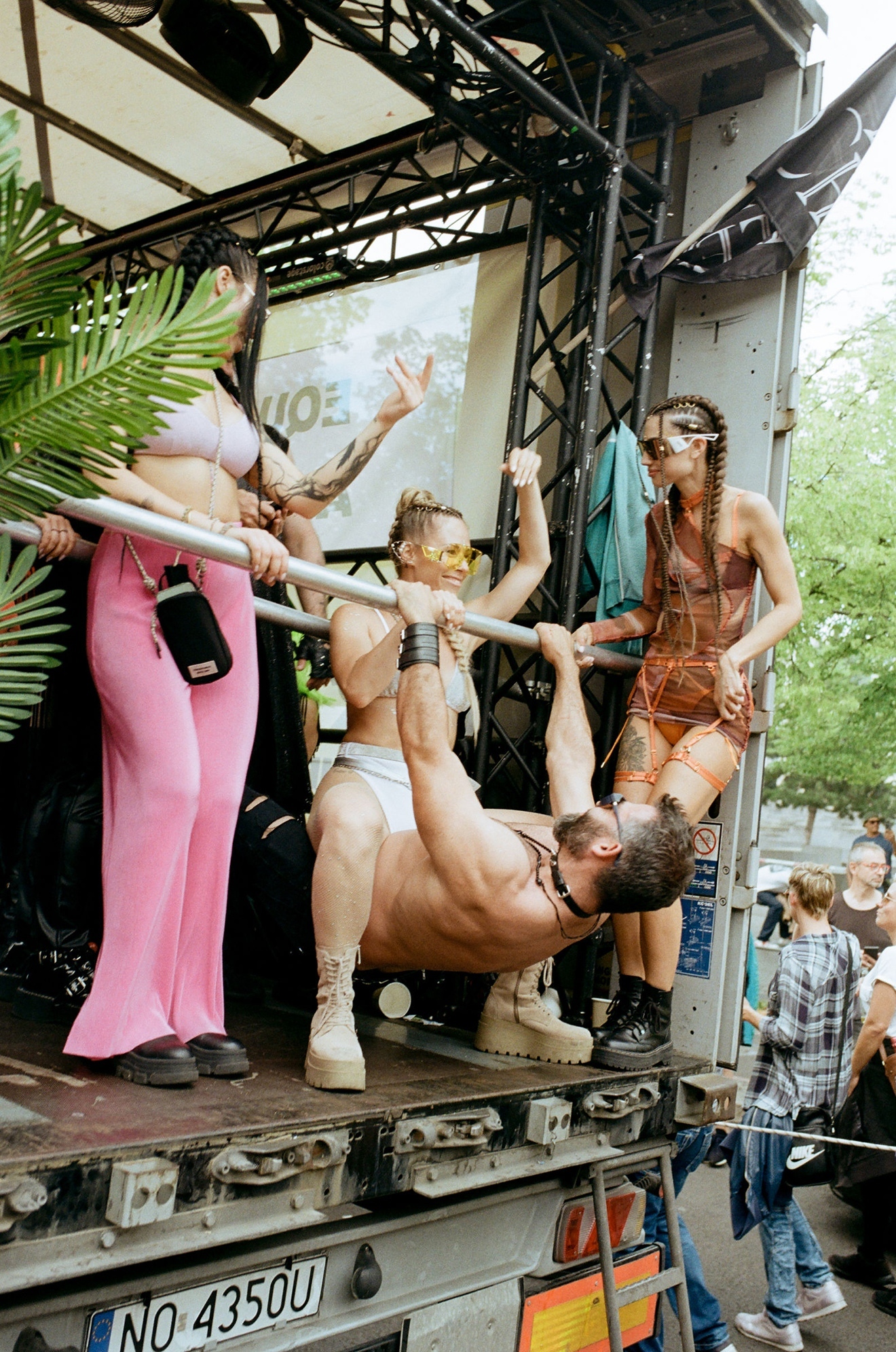
It seems like disaster is striking just 20 minutes after the trucks set off at 2:PM: the heavens open and a huge downpour sends attendees fleeing into shops or cafés for shelter. But it soon clears and the only thing flooding the streets is ravers as great weather shines upon the remainder of the festivities in a warming reminder of Love Parades gone by.
The parade follows a seven kilometre route through Berlin with more than 200 local and international acts playing sets ranging from deep house to dub techno. Among the sea of people dancing, shouting, drinking beer and Club-Mate, there are people of every age: parents with babies, ravers in their 30s and lovely couples over 70 trying to lock into the right vibe of techno basslines. At the Save Our Culture-float, I spot a 7-year-old girl moving her head to the rhythm of the classic anthem Da Hool’s ‘Meet Her At The Love Parade’.
The design of the Polish Underground truck contradicts the conservative image of Poland. Dancers dress in latex fetish gear and gimp masks gyrate around the booth as Holiday 80 spin huge rave tunes, including Josh Wink's 'Higher State of Consiousness' , Pianoman's 'Blurred', Gat Decor’s 'Passion', and Camisra's 'Let Me Show You' (a track that was played at Love Parade in 1997 by Armand Van Helden!) An instrumental version of 2 Unlimited’s 'Twilight Zone' sparks enormous euphoria among the crowded street.
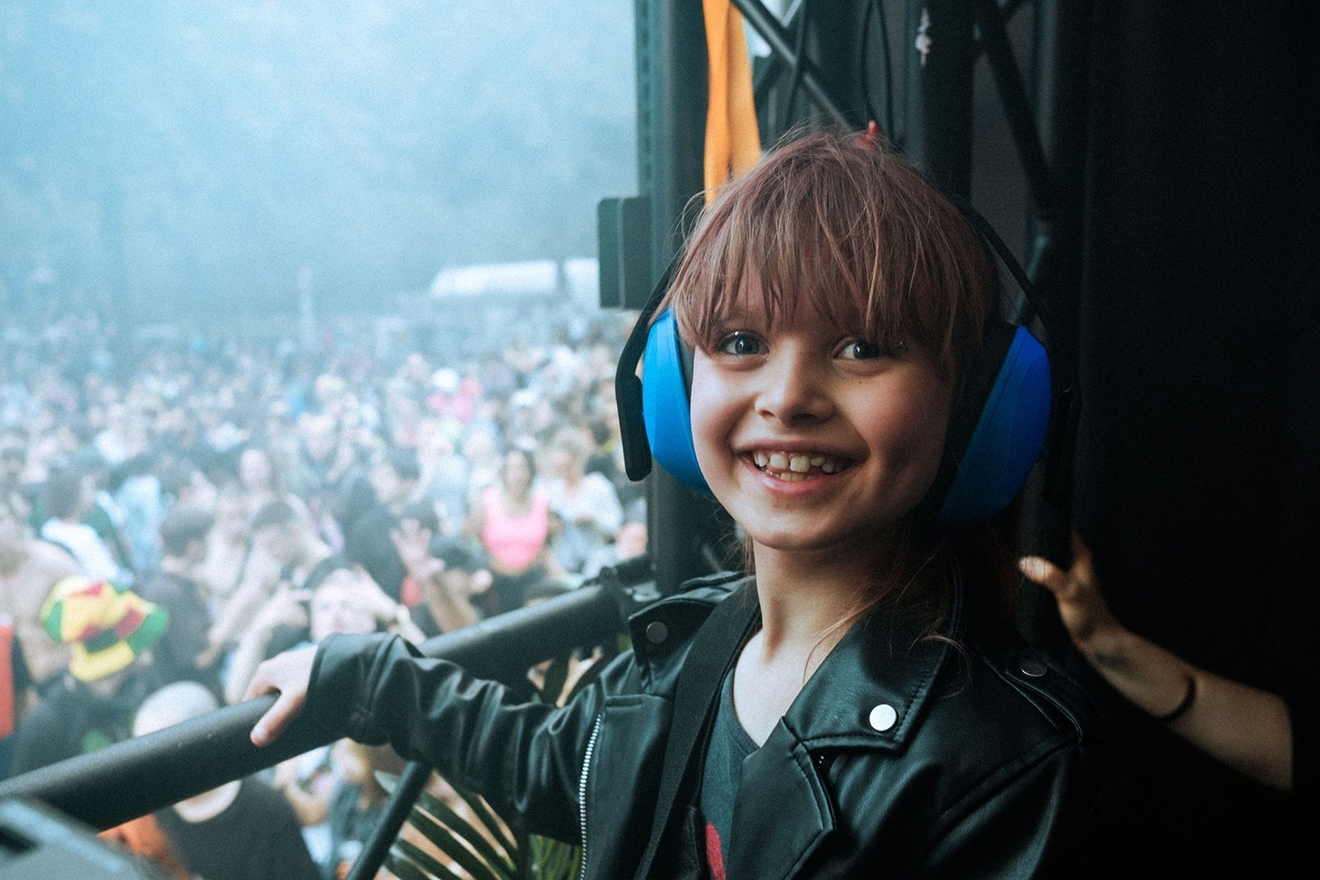
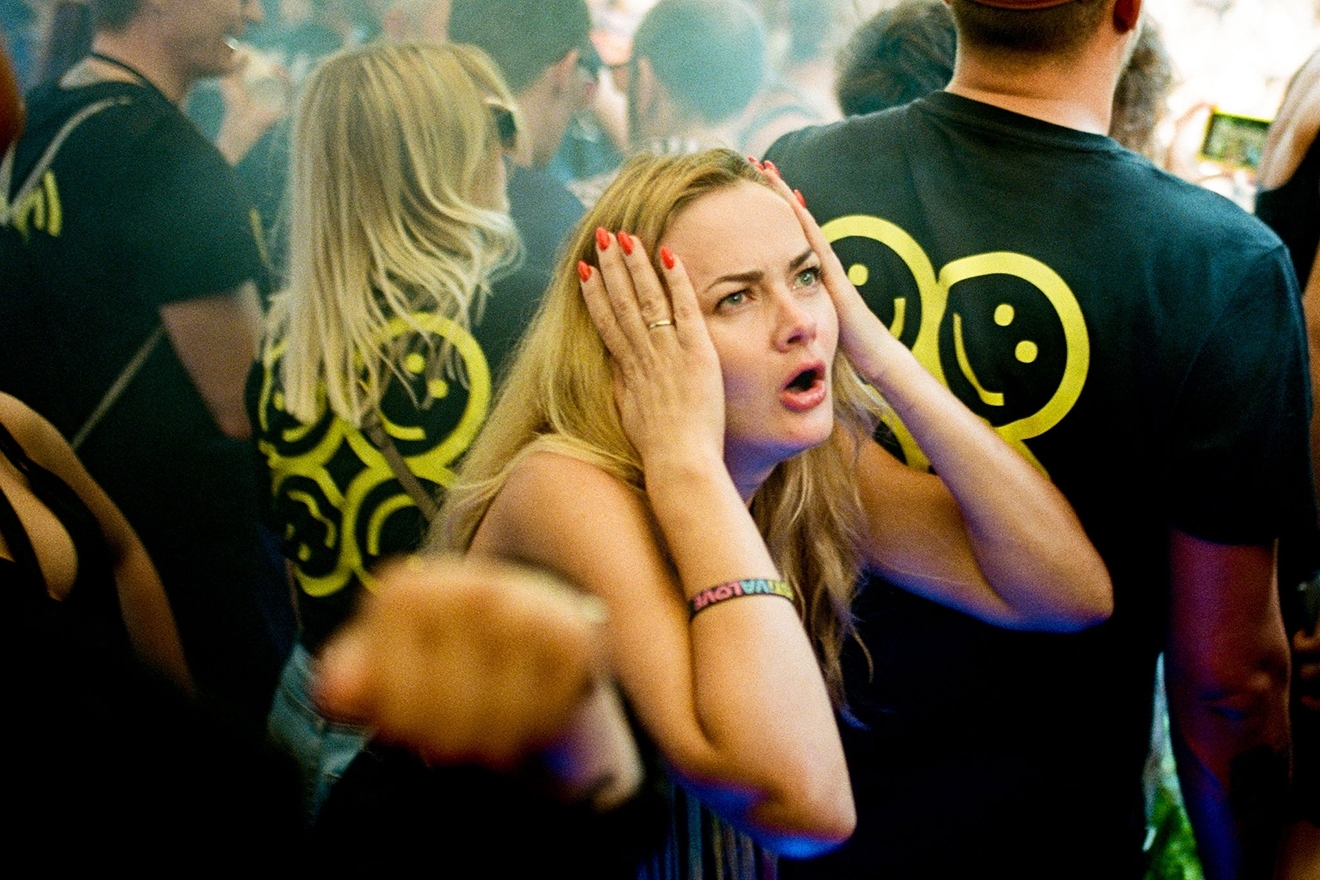
Other highlights include DJ Truant playing the parade’s ultimate anthem ‘Sunshhine’ by Dr. Motte & Westbam, and hearing ‘Be Wild’ by freshly signed Tresor duo Fireground then spotting the Italian duo dancing right next to me, excitedly recording the crowd dancing to their track. It’s a special moment for the pair, who say that Love Parade holds the legendary status of a dream festival in their eyes. “People who told us about their experiences conveyed the goosebumps they felt at that moment. When we walked through the Brandenburg Gate, and saw nearly half a million people of different ages in total harmony on the street, being there for the music, all united, it was of an impact that cannot be effectively described in words alone, you must be there!” they enthuse. “It was like going back in time. Not to mention the joy we felt to hear our track, just released the day before, being played as we arrived. We really hope that Rave The Planet will return forever.”
Read this next: A new photobook is documenting 30 years of Tresor Berlin
Each hour there is a political speech, where invited activists, politicians or journalists talk about the demands of the parade, such as an unconditional basic income for artists and cultural workers and recognition of electronic music culture as a cultural achievement to be protected. This has been supported by Rave The Planet’s application for the recognition of ‘Techno Culture in Berlin’ as an Intangible Cultural Heritage by UNESCO, aiming to protect clubs and other venues as cultural sites.
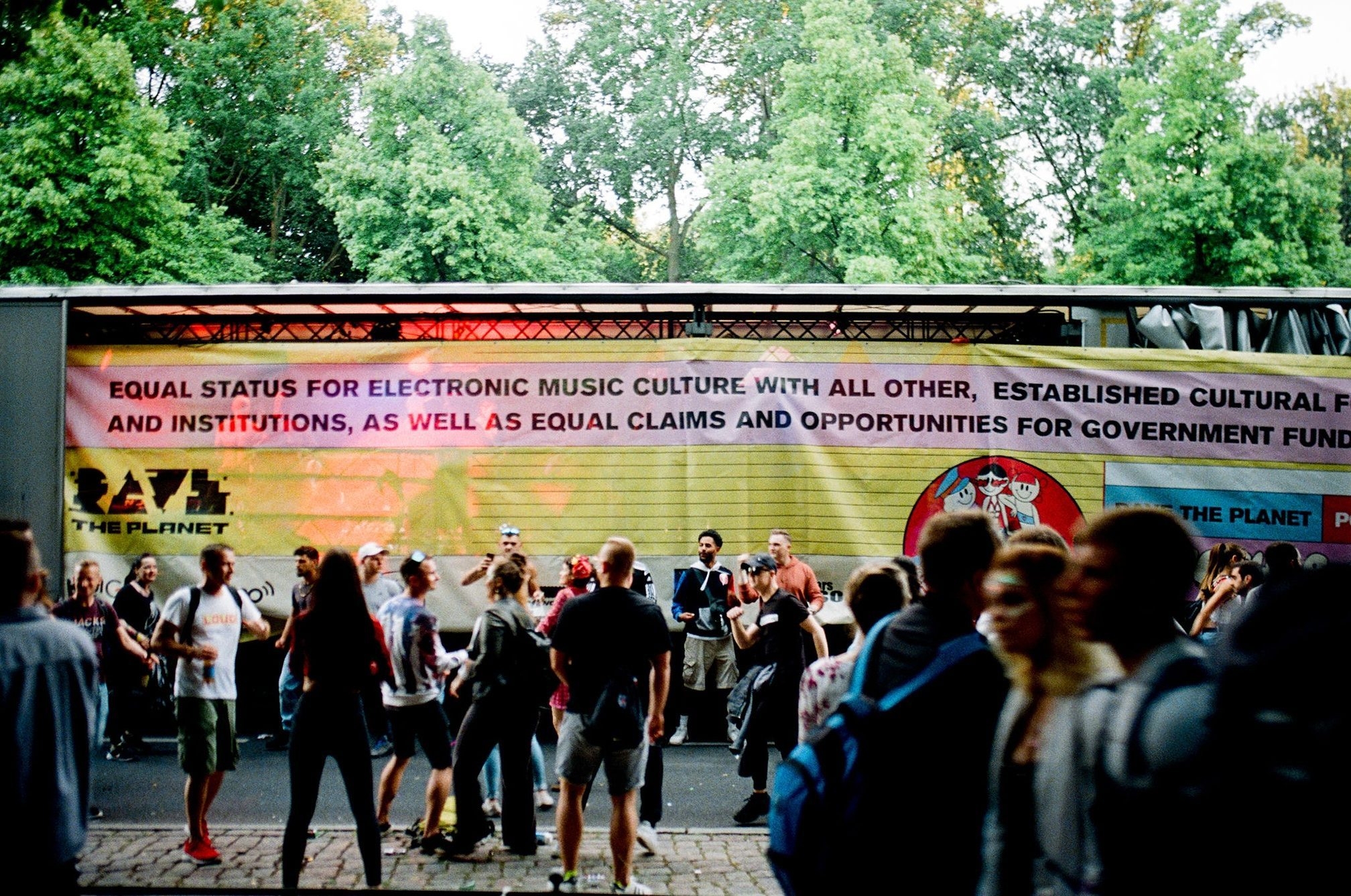
Despite the expression of these positive political goals, unfortunately controversy follows the parade when footage emerges of Dr. Motte holding up a symbol of anti-lockdown movement Querdenker — a "lateral thinking" organisation known within Germany for its extreme opposition to COVID measures, including anti-vaccine stance, and alleged association with far-right, anti-Semitic groups such as the AfD. Motte’s response to the incident is that it was a misunderstanding: “I didn’t know this symbol and only saw hearts, a peace sign and the words ‘Freedom Parade’ on it. I couldn’t recognize anything bad in that,” he states, alongside “definitely and explicitly distancing myself from the so-called ‘Querdenkern’.” Rave The Planet also releases a statement accusing whoever handed the sticker to Motte of making “an attempt to exploit our peaceful demonstration and the person of Dr. Motte for their own purposes” and stating: “Dr. Motte did not know the symbol and we do not know who handed it to him on the float.”
The incident casts a shadow on the event, but throughout the highs of the day, with joy-filled faces filling the streets of the European techno capital, it feels like the original Love Parade spirit has returned.

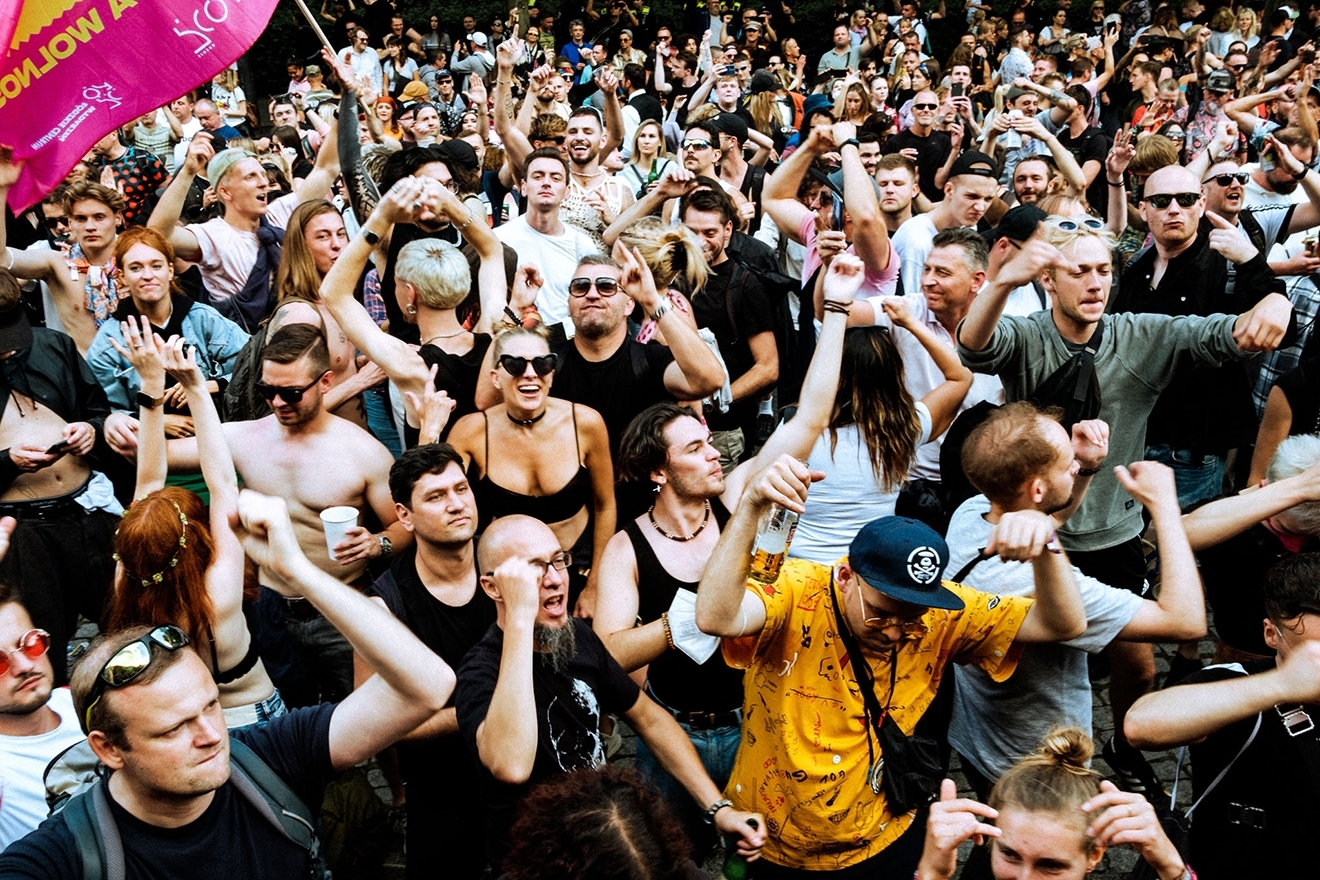
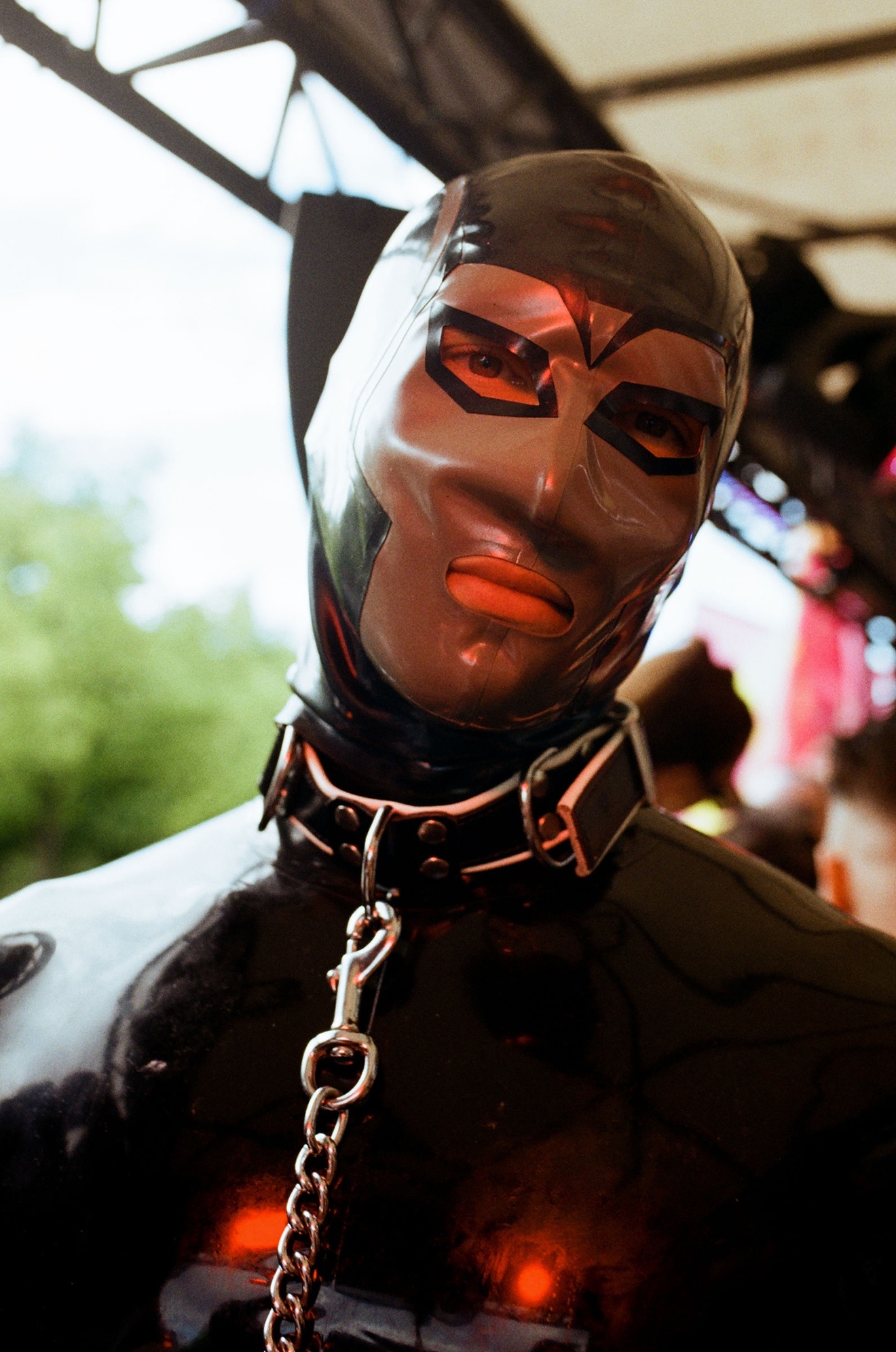
“The emotions were so strong right from the start, I really had to hold back the tears. There was such a powerful feeling of love and unity that was shared between all the ravers,” reflects Juliet Fox, who kicked the party into action on the main float. “I am beyond grateful to have been asked by Dr. Motte and the team at Rave The Planet to be the first DJ to open the whole Parade, on the first truck, and to play the first track after Dr Motte’s speech.”
Dr. Motte speaks again as the parade draws to a close, sharing the ideals and goals of the foundation and thanking the crowd for coming in such large numbers. Tomasz Guiddo, DJ and producer who is a part of the Rave The Planet team, listens to Motte’s speech with tears in his eyes and tells me it made him so happy to see an estimated 300,000 people demonstrating and dancing together peacefully. “The spirit of the old Love Parade was definitely there to be felt,” he says. “The values we stand for don’t get old. We are overwhelmed with positive feedback coming from both the participants and authorities and also from people who, thanks to the big clean-up event the day after, could enjoy the beautiful Tiergarten park.”
Dr. Motte shares this sentiment. “We did it,” he asserts as he looks over the huge crowd in Tiergarten the following day. “We as the non-profit Rave the Planet organisation worked long and hard on it with the best intentions. We all felt the rhythm and the bass in the streets of Berlin. The music brought us together. Nation, religion, skin colour, gender, social background, profession and so on. At Rave The Planet Parade, none of that matters. We want to dance peacefully as one musical family. Thank you to all who participated.” We hope Rave The Planet will be able to bring those feelings to Berlin moving forward and not go the way of the Love Parade.
Artur Wojtczak is a freelance writer, follow him on Instagram
Helena Majewska is a photographer, view her website


